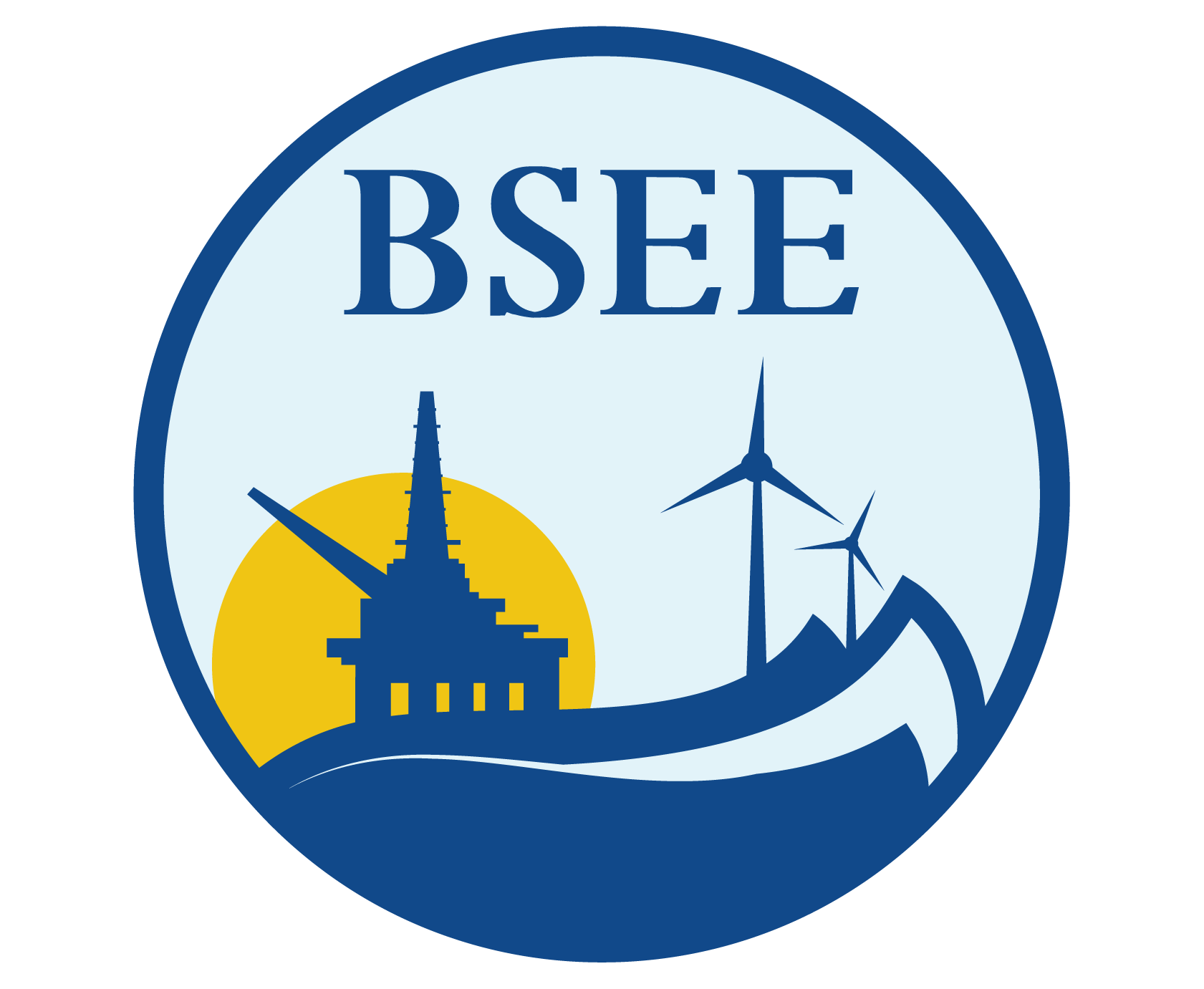TAP-522-Methodologies for Measuring and Monitoring Hydrogen for Safety in Advanced High Strength Linepipe Steel Applications.
Project will investigate methodologies for measuring and monitoring hydrogen for safety in advance high strength linepipe steel applications for use in offshore operations as well as onshore uses.
